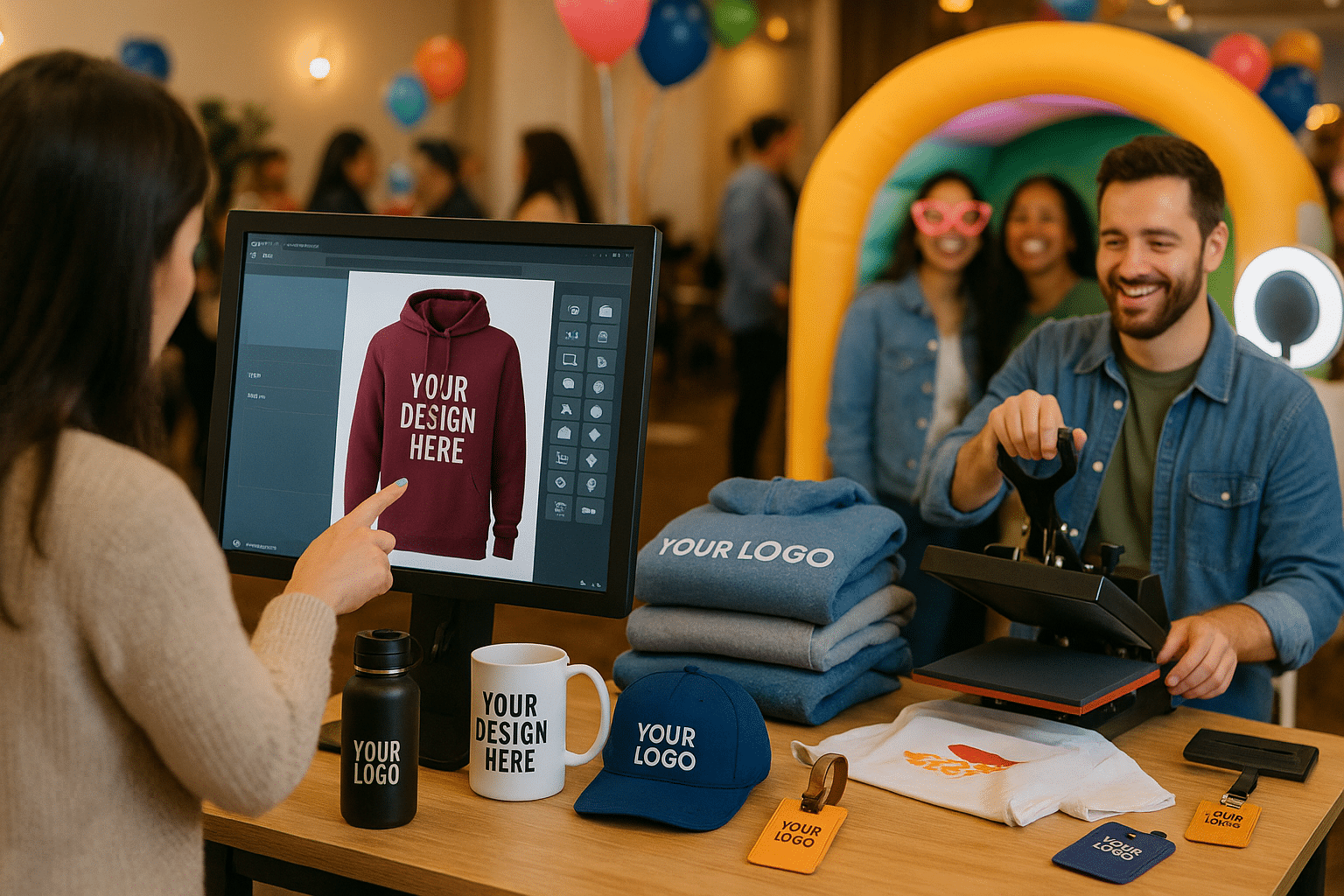Ultimate Event Planning Guide: Tips, Trends, and Inspirations
Ultimate Event Planning Guide: Tips, Trends, and Inspirations

Planning a successful event requires creativity, strategy, and attention to detail. In this comprehensive guide, we will explore essential tips on event planning, highlight interactive trends, offer DIY inspiration, and share marketing strategies. Additionally, we will unpack the versatility of unique items like photo booths that enhance attendee experience and foster engagement.
Event Planning Essentials
Event planning is a multi-faceted process that demands careful consideration of several core elements to ensure success. Among these, budget management, scheduling, venue selection, and logistical coordination stand out as the foundational pillars that uphold a well-executed event.
**Budget Management**
– Define your overall budget early on, taking into account all conceivable expenses.
– Prioritize spending categories: venue, catering, entertainment, and marketing should be at the top of the list.
– Always allocate a contingency fund (typically around 10-15%) for unexpected costs.
– Track all expenses meticulously and adjust accordingly to stay within budget.
**Scheduling**
– Draft a timeline outlining key milestones, from the initial planning phases to day-of execution.
– Utilize project management tools to keep track of deadlines and responsibilities.
– Schedule regular check-ins with team members to monitor progress and address potential hiccups.
– Factor in ample time for setup and dismantling when devising schedules.
**Venue Selection**
– Choose a venue that aligns with the event’s theme and purpose, ensuring it accommodates the expected number of attendees.
– Consider location accessibility, parking availability, and accommodations for guests.
– Evaluate the venue’s amenities, such as AV capabilities, lighting, and decor flexibility.
– Don’t forget to assess the venue’s reputation and any additional costs that may arise.
**Logistical Coordination**
– Develop a detailed logistics plan that encompasses transportation, food and beverage, audiovisual equipment, and seating arrangements.
– Hire reliable vendors who can execute specific roles, such as caterers and decorators.
– Establish a communication channel among all parties involved to facilitate smooth operations.
– Plan for contingencies by identifying backup resources and solutions for potential emergencies.
Event managers play a crucial role in orchestrating each of these aspects. They are the linchpins that ensure seamless collaboration among vendors, staff, and attendees. Their responsibilities span from concept development to on-site management, ensuring that each detail aligns cohesively with the event’s theme and objectives.
**Best Practices for Creating a Cohesive Event Experience**
– Focus on the attendees’ journey by ensuring each element ties back to the event theme.
– Use branded items like thermal bottles, mugs, and hoodies to enhance the event experience and increase brand visibility.
– Incorporate interactive elements, such as a photo booth, to engage guests and create memorable experiences.
– Gather feedback post-event to improve future planning processes.
By honing in on these core elements, event planners can craft unforgettable experiences that resonate with attendees long after the event concludes.
Conclusions
In conclusion, thoughtful planning and the integration of innovative ideas and products are keys to hosting successful events. By embracing trends and utilizing interactive elements like photo booths, you can create memorable experiences that resonate with attendees. Implement these strategies to elevate your events to new heights.




